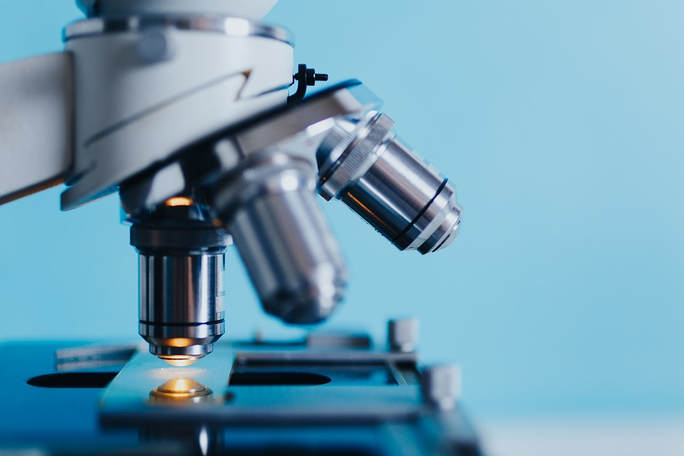NANO-PLASTICS: THE NEW FRONTIER IN MAMMALIAN TOXICITY AND ADVERSE HEALTH OUTCOMES

Which individuals and populations are exposed to high levels of microplastics? How is the exposure happening? How can we measure or estimate exposure? What aspect of the plastic is most relevant – is it size, shape or chemical makeup of these plastics? Or is it the toxicants or pathogens that attach to them? Or all of the above?
What health effects are of most concern? What life stages are most sensitive to exposure? Is the fetus most at risk? Or are adolescents? Or people with preexisting conditions? Is duration of exposure, peak exposure, or cumulative exposure most important? How do health risks from plastic microparticles compare to the health and safety benefits of plastic? Questions asked by Dr. Meeker in the article being discussed today
Wherever scientists look, they can spot them: whether in remote mountain lakes, in Arctic sea ice, in the deep-ocean floor or in air samples, even in edible fish — thousands upon thousands of microscopic plastic particles in the micro to millimeter range. This microplastic is now even considered one of the defining features of the Anthropocene, the age of the Earth shaped by modern humans. From an article on nano-plastics published in this month’s issue of Science Daily (Nanoplastics — an underestimated problem?)
It’s not news that plastics are harmful to health by among other mechanisms, acting as endocrine disruptors (HERE). Just yesterday, Dr. John Meeker (his doctorate in Exposure, Epidemiology & Risk from Harvard, 2004), Professor of Environmental Health Sciences and Senior Associate Dean of Research at the University of Michigan’s School of Public Health, published an article titled We are Guinea Pigs in A Worldwide Experiment on Microplastics.
The gist of the article was that if plastics themselves can be harmful to human health, what do you think might happen when we’re exposed to plastic particles so tiny they might be able to breach the body’s various biological barriers — a problem potentiated by a large segment of the population already dealing with multiple barrier system compromise that I usually refer to simply as “THE LEAKIES“?
When it comes to nano-plastics, how tiny is tiny? Get a load of this. “Nanoplastics are thousands of times tinier, with a diameter of less than 0.1 μm….. By comparison, a human hair ranges from about 15 to 180 μm across. Some of these microplastics are deliberately engineered like microbeads in a facial scrub.” In other words, not only are these nanoplastics microscopic, they are microscopically minuscule, making it possible for them to worm their way into places where larger particles could never get (see previous link).
Dr. Meeker went on to warn, “They are now turning up everywhere and we know virtually nothing about how they might impact human health.” Honestly, we do know something about how they are affecting our health, and none of it is good (see link at top of page).
Speaking of not good, try this on for size. Some sunscreens and cosmetics now contain nano-plastics (although they have been banned in rubs, scrubs, shampoos, etc, that are meant to be washed off immediately, they are allowed in toiletry items that meant to stay on the skin for an extended period of time). If you think I’m being a bit over the top, simply do a Google search for ‘nanoparticle sunscreen‘ or ‘nanoparticle makeup’.
Knowing what you already know about the toxicity of plastics, prepare to be shocked. It’s why it’s more critical than ever that you keep your BODY’S BIOTRANSFORMATION SYSTEMS up and running and in perfect working order. The easiest way to accomplish this? Avoid exposure to toxic junk and eat the right kinds of foods. For more information on how to go about accomplishing this, be sure and take a look at THIS POST. And if you like what you’re seeing, be sure to spread the word via FACEBOOK.
